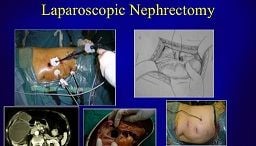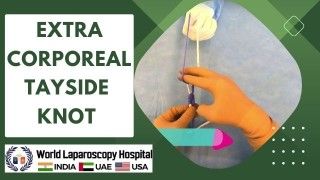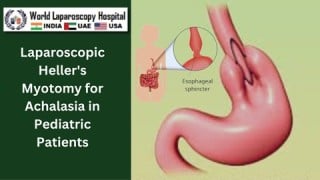Laparoscopic Assisted Colonoscopy
Add to
Share
276 views
Report
2 months ago
Description
Laparoscopic Assisted Colonoscopy (LAC) is a specialized minimally invasive procedure that combines the principles of laparoscopy and conventional colonoscopy. It is primarily used when standard colonoscopy is challenging or incomplete due to anatomical variations, strictures, adhesions, or tortuous colon. This advanced technique allows safe visualization, diagnosis, and sometimes treatment of colonic pathologies that may otherwise be inaccessible. Indications Laparoscopic assisted colonoscopy is typically indicated in patients with: Incomplete colonoscopy due to looping, adhesions, or a redundant colon. Colonic strictures where passage of the colonoscope is difficult. Prior abdominal surgeries causing adhesions that limit standard colonoscopic access. Evaluation of difficult-to-reach polyps or suspicious lesions. Therapeutic interventions like polyp removal in anatomically challenging locations. Procedure Overview Preoperative Preparation Similar to standard colonoscopy, bowel preparation is essential. Patients undergo routine preoperative evaluation for anesthesia and surgical readiness. Laparoscopic Access Small abdominal incisions are made to introduce laparoscopic ports. The colon is visualized and mobilized using laparoscopic instruments to reduce looping and facilitate scope passage. Colonoscopic Assistance Once the colon is mobilized, the colonoscope is advanced under direct laparoscopic guidance. This approach allows the endoscopist to navigate difficult segments safely and thoroughly inspect the mucosa. Therapeutic Interventions Laparoscopic assistance may enable endoscopic removal of polyps, biopsy of suspicious lesions, or even local resection if necessary. Closure and Recovery After completion, laparoscopic ports are closed, and patients are monitored postoperatively. Recovery is generally faster than open surgery due to the minimally invasive nature of the procedure. Advantages Enhanced visualization: Direct laparoscopic guidance reduces missed lesions. Safety: Reduces risk of perforation in difficult colonoscopies. Minimally invasive: Faster recovery, less postoperative pain, and shorter hospital stay compared to open surgical interventions. Therapeutic potential: Allows simultaneous laparoscopic interventions if needed. Risks and Considerations Although generally safe, LAC carries potential risks: Bleeding or perforation (though lower than forced colonoscopy in difficult anatomy) Infection at port sites Anesthesia-related complications Adhesion formation post-surgery Conclusion Laparoscopic Assisted Colonoscopy is a valuable tool in modern gastrointestinal surgery and endoscopy. It bridges the gap between conventional colonoscopy and open surgical exploration, offering a safe, effective, and minimally invasive option for patients with challenging colonic anatomy or pathology. With the combination of laparoscopic and endoscopic expertise, LAC enhances diagnostic accuracy and expands therapeutic possibilities, contributing significantly to improved patient outcomes.
Similar Videos






